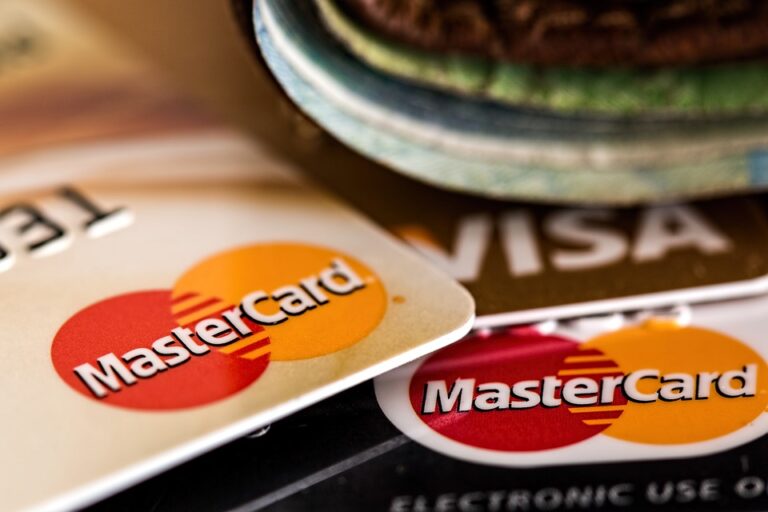Last updated Apr. 15, 2025 by Charles Zemub
Closing a bank account is a relatively straightforward process, but it requires careful attention to detail to ensure that all steps are followed correctly. Whether you’re switching to a new bank, merging accounts, or simply no longer need the account, this guide will walk you through the necessary steps to close your bank account efficiently.
Reasons for Closing a Bank Account
Before diving into the process, let’s explore some common reasons why individuals might choose to close a bank account:
- Switching Banks: If you’ve found a bank with better services, lower fees, or higher interest rates.
- Account Redundancy: Holding multiple accounts that may no longer be necessary.
- Relocation: Moving to an area where your bank doesn’t operate conveniently.
- Fees and Charges: Avoiding high monthly service fees or nuisance charges.
- Customer Service: Unresolved disputes or poor customer service experiences with the bank.
- Account Upgrade/Downgrade: Changing account types, requiring closure of the old type.
Steps to Close a Bank Account
1. Open a New Account (If Necessary)
Before closing your current account, ensure you have a new bank account ready to go. This may involve:
- Researching different banks and their offerings.
- Gathering required documentation for opening a new account.
- Transferring automatic payments and direct deposits to the new account.
2. Monitor Transactions
Review your bank statements for any pending transactions that haven’t cleared. This includes:
- Outstanding checks.
- Automatic bill payments.
- Scheduled transactions.
Allow adequate time for all transactions to clear before proceeding with the account closure. Usually, this may take 1-2 billing cycles.
3. Transfer Remaining Funds
Transfer any remaining balance to your new account, or withdraw the cash. Ensure your account balance is zero before initiating the closure process.
4. Cancel Automatic Payments and Direct Deposits
To avoid disruptions, update your direct deposit information with your employer and any automatic payment services (utilities, subscriptions). This ensures your income and payments are directed to your new account.
5. Contact Your Bank
Reach out to your bank to initiate the account closure. This can be done:
- In person.
- Over the phone.
- Online, via the bank’s official website or mobile app, if they offer this option.
Some banks may require you to fill out and submit a closure form.
6. Submit Necessary Documentation
If required, submit any official documentation or forms to your bank to finalize the closure process.
7. Confirm Closure
Ensure the account is officially closed by:
- Obtaining a written confirmation from the bank.
- Keeping a receipt for any remaining balance transferred or withdrawn.
- Checking for any final statements.
8. Destroy Checks and Cards
To avoid accidental use after closure, destroy your debit cards, credit cards linked with the account, and any unused checks.
Potential Challenges and How to Overcome Them
- Uncleared Transactions: Monitor your account for 4-6 weeks before closure to ensure all transactions clear.
- Account Closure Fees: Some banks might charge fees; inquire about this beforehand.
- Managing Loans/Credit: If the account has linked credit lines, discuss options with the bank.
- Joint Access: Both parties need to agree and provide permission if the account is jointly held.
Tips for a Smooth Account Closure
- Double-Check Fees & Charges: Before moving funds, make sure there are no pending charges to avoid overdraft fees.
- Maintain a Small Balance: Keep a small amount during a transitional period to cover any last-minute transactions before final closure.
- Plan for Disruptions: Schedule account closure during a period where financial disruptions will minimally impact you, such as mid-billing cycle.
✓ Short Answer
Closing a bank account involves a series of steps to ensure nothing is left unresolved. Start by opening a new account if needed, monitor your current account for pending transactions, and transfer funds to zero out the balance. Update any automatic payments and direct deposits with your new account details. Notify your bank through proper channels to close the account and request written confirmation. Ensure to destroy checks and cards linked to the account post-closure.
FAQs on Closing a Bank Account
Q1: How long does it take to close a bank account?
A: Typically, the process can take from a few hours to a few days, depending on specific bank procedures and whether all transactions have cleared.
Q2: Can I close a bank account with a negative balance?
A: No, the balance must be zero. You will need to settle any negative balances, including overdraft fees, before closing the account.
Q3: What happens to interest earned on my savings account if I close it?
A: Depending on the bank’s policy, any accrued interest will typically be credited to your account up to the closure date.
Q4: Can banks refuse to close an account?
A: Rarely, if there’s suspicious activity or unresolved issues. Clearing these up should allow closure.
Q5: Is there a fee to close a bank account?
A: It’s uncommon, but some banks may charge a fee for account closure within a certain period after opening it.
Q6: Does closing a bank account affect my credit score?
A: Generally, no. Regular bank accounts don’t directly impact credit scores. However, linked credit products need separate consideration.
Q7: Is it necessary to go to the bank in person?
A: Not always. Some banks offer online, phone, or mail options for account closure. It’s best to verify through your specific bank’s policy.
By following these detailed steps and tips, you can ensure a smooth transition when closing your bank account, minimizing any potential disruptions to your financial management. Whether you’re switching banks or simply consolidating your finances, closing a bank account can be an organized and stress-free process with careful planning and execution.




